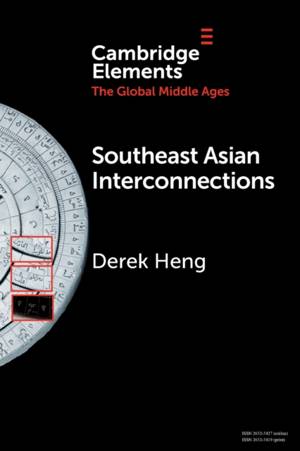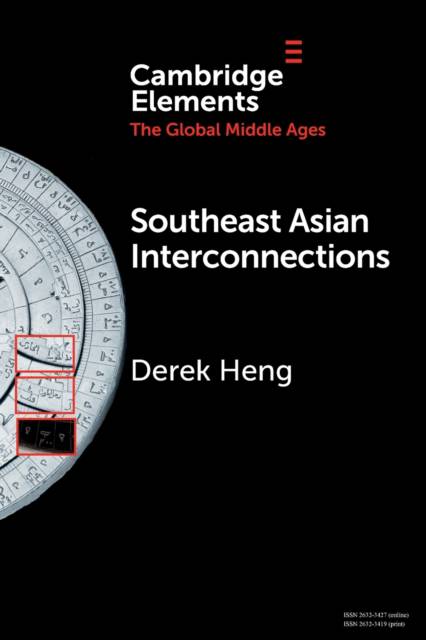
- Afhalen na 1 uur in een winkel met voorraad
- Gratis thuislevering in België vanaf € 30
- Ruim aanbod met 7 miljoen producten
- Afhalen na 1 uur in een winkel met voorraad
- Gratis thuislevering in België vanaf € 30
- Ruim aanbod met 7 miljoen producten
Zoeken
Omschrijving
Since the late first millennium CE, Maritime Southeast Asia has been an inter-connected zone, with its societies and states maintaining economic and diplomatic relations with both China and Japan on the east, and the Indian Sub-Continent and Middle East on the west. This global connectedness was facilitated by merchant and shipping networks that originated from within and outside Southeast Asia, resulting in a trans-regional economy developing by the early second millennium CE. Sojourning populations began to appear in Maritime Southeast Asia, culminating in records of Chinese and Indian settlers in such places as Sumatra, Malay Peninsula and the Gulf of Siam by the mid-first millennium CE. At the same time, information of products that were harvested in Southeast Asia began to be appropriated by pockets of society in China, the India and the Middle East, resulting in the production of new knowledge and usages for these products in these markets.
Specificaties
Betrokkenen
- Auteur(s):
- Uitgeverij:
Inhoud
- Aantal bladzijden:
- 75
- Taal:
- Engels
- Reeks:
Eigenschappen
- Productcode (EAN):
- 9781108827423
- Verschijningsdatum:
- 5/01/2023
- Uitvoering:
- Paperback
- Formaat:
- Trade paperback (VS)
- Afmetingen:
- 152 mm x 229 mm
- Gewicht:
- 145 g

Alleen bij Standaard Boekhandel
+ 63 punten op je klantenkaart van Standaard Boekhandel
Beoordelingen
We publiceren alleen reviews die voldoen aan de voorwaarden voor reviews. Bekijk onze voorwaarden voor reviews.











